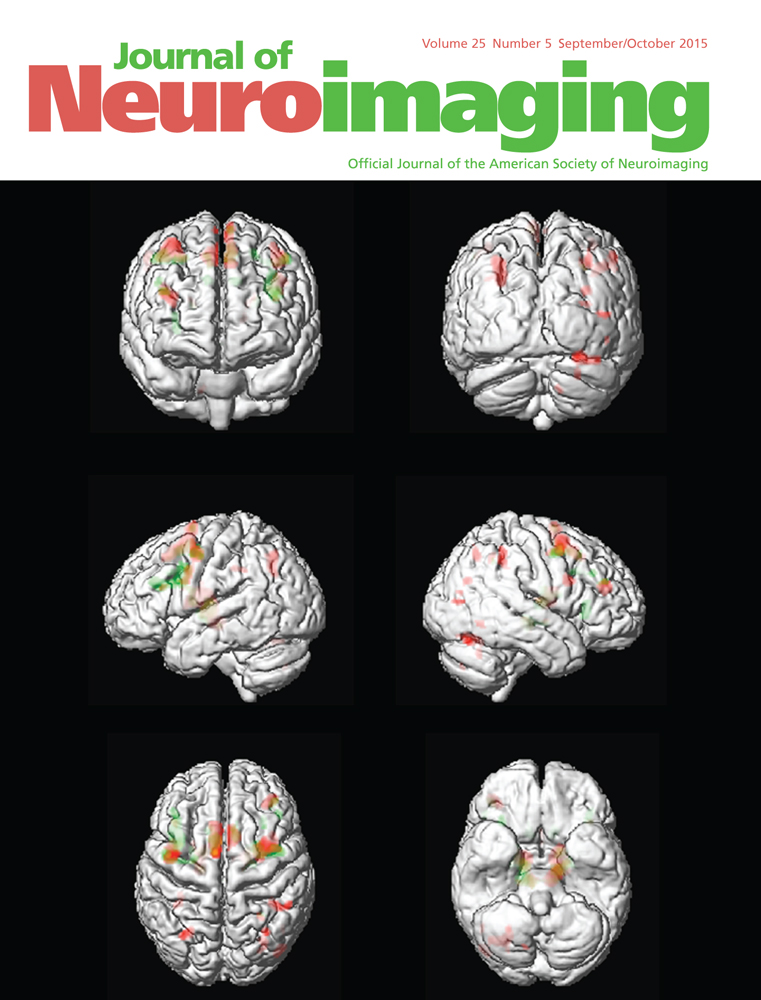Pediatric Cerebellar Tumors: Does ADC Analysis of Solid, Contrast-Enhancing Tumor Components Correlate Better with Tumor Grade than ADC Analysis of the Entire Tumor?
Conflict of Interest: The authors declare that they have no conflict of interest.
ABSTRACT
BACKGROUND
Apparent diffusion coefficient (ADC) values assist differentiating malignancy grades in pediatric cerebellar tumors. Previous studies reported the significance of ADC measurements within the solid, contrast-enhancing tumor component (SCT). These measurements take into account only a part of the tumor. In this study, we compared ADC measurements of the SCT versus entire tumor (ET).
METHODS
ADC values were measured in the SCT and ET. Absolute tumor ADC values and cerebellar and thalamic ratios were compared across tumor grades.
RESULTS
Thirty-two children with 16 low-grade and 16 high-grade tumors were included. The median age at presurgical MRI was 7.66 years (range .08-17.38 years). In the SCT, absolute ADC values, cerebellar ratio, and thalamic ratio were higher in low- versus high-grade tumors (P < .001). In the ET, absolute ADC values, cerebellar ratio, and thalamic ratio were also higher in low- versus high-grade tumors (P < .005). Cut-off absolute ADC values of .9 × 10−3 mm/s2 (sensitivity 94%, specificity 100%) and 1.5 × 10−3 mm/s2 (sensitivity 88%, specificity 75%) were calculated for measurement in the SCT and ET, respectively, to differentiate between tumors grades.
CONCLUSION
A rigorous ADC measurement of the SCT has a higher sensitivity and specificity in predicting tumor grade compared to ADC measurement of the ET.




